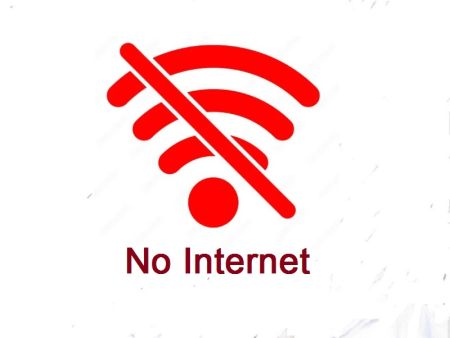--By Dr A K Sen Gupta
The situation is more or less equally turbulent in all parts of the world. The most important stakeholders i.e. the students are often terms as Gen Y whose attitudes and attributes are at complete variance with those of Gen X i.e. the earlier generation. The differing and rising expectations of this new generation from the system in general and society at large call for different types of stimulus so that the response is positive. The Gen Y students are often with unexpected demands and fathomless expectations; they are restless and continuously looking for something different, difficult and complex. Domino effect is quite visible in terms of tangible gains and short-term material benefits.
Consequently, there are several problems that are encountered by higher education institutions (HEIs). First, since majority of the teachers are from earlier generation, it is difficult for them to appreciate & empathize with students of Gen Y as regards their attitude to life including their behaviour in class room. Second, the conflicting value systems of both the teachers and taught (two different generations) many a times give rise to situations of misunderstanding, if not confrontation. And finally, Generation Y students do not perceive any value addition in their personal as well as professional lives from Gen X teachers as they feel that the competencies of earlier generation may not be useful in developing the skill sets required for 21st Century. The resultant effects are sometimes disastrous: confrontation, alienation, disinterest in studies, absenteeism, among others. My interaction with students and faculty from a large number of HEIs in different parts of the developing world shows a disturbing trend of increased misunderstanding between the teachers (Gen X) and students (Gen Y).Being the centres of learning, the HEIs must foster a proper and conducive environment of understanding between the teachers & learners where teachers enjoy teaching and students enjoy learning. Only such a climate can breed innovation and lay foundation stone for the economic and social growth of the country.
In such an environment, the only solution lies in empowering the students of the HEIs where they are involved in all decision making processes of managing the respective HEI. The existing emotion of alienation arises from the feeling of being supervised & guided by people who, according to them, are not competent being from a generation that does not understand their values & feelings. Therefore, the best way to solve this complex problem is to create an institutional mechanism whereby the students take their own decisions as regards their destiny inside the HEI. These include:
1.What should be taught?
2.How it should be taught?
3.Who should teach?
4.What types of competencies / skill sets they would like to develop for themselves?
5.What types of external interventions are needed to develop such competencies?
6.What type of learning environment they would like to have?
7.What facilities they would like to have?
8.How much fees are desirable considering all the facilities?
This essentially means that the students should decide what is best suited for them. The idea is to augment the student engagementthrough empowerment in the learning & administrative processes so that they becomemore responsible as well as accountable.The axiom is: let students (in close coordination with teachers) run the institution and decide for themselves what is best for them. It is parallel to employees running a company.
Couple of issues become critical in this regard:
a.Students are expected to be mature and responsible to take upon the onus of managing and running the institution both at macro and at micro level. Student Councils or Student Unions have been successful instruments / models in this regard in many educational institutions in different countries. But, these Councils in many places are either political or ineffective. What is needed is to make them active and involved in decision making processes. The experimentation of senior responsible positions like Vice Principals (or Deputy Directors) being created from among the students on a rotation basis, may be tried.
b.Teachers and managements of the HEIs should accept this experimentation on a serious note. As this would make the system open and transparent, it might create volatility at least to begin with.
c.In such a scenario there should be a person designated as Mentor who is acceptable to all in case of any difference of opinion and who may be able to take care of all possible disputes.
d.Simultaneously, there should also be the concept ofreverse mentoring whereby the Gen Y can guide / mould the shape of things to come through proper interaction with Gen X teachers / management, the ideas / solutions coming from the former for a change and implemented by the latter.
The ideas suggested are indeed revolutionary in nature but worth implementing to bring down the sense of alienation of students from the educational system. To sum up, what is being suggested is not a mere structural change in managing HEIs but a paradigm shift in running educational institutions where the consumers co-create the brand and its value propositions.
Authored by Dr A K Sen Gupta, Founder and Convener, Higher Education Forum (HEF), the largest on-line community of higher educational professionals on aglobal scale. His past assignments include Director of leading B-Schools in India, World Bank Consultant and Professor at National Institute of Bank Management (NIBM), Pune, India.





















